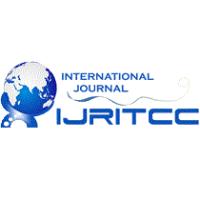Survey for methods to characterize the landslide caused by the heavy rainfall and earthquake
International Journal on Recent and Innovation Trends in Computing and Communication, 3 (1):
181--183 (Januar 2015)DOI: 10.17762/ijritcc2321-8169.150138
Zusammenfassung
Landslides are characteristic phenomena for the element offset of the worlds surface. Substantial precipitation and tremors are the two main considerations for landslides. The appropriation of region size is the most essential quantitative parameter of landslides. Along these lines, the motivation behind this study is to describe the scale and spatial contrast of precipitation actuated as contrasted and those of quake prompted landslides. Due to successive events of precipitation and seismic tremors, mass developments are normal dangers to individuals' lives. In this paper, the elucidation of knowledge is quantified as recognition criteria. Multisource high-resolution data, for instance, a SPOT satellite picture, And Ranging (Lidar) data, and aerial ortho-photographs were utilized to build the peculiarity space for landslide investigation. Landslides were perceived by an object-oriented technique joining edge-based segmentation and a Supported Vector Machine (SVM) strategy. The characterization results are assessed in correlation with those by manual elucidation. Two cases from Malin town landslide and Uttarakhands substantial precipitation are tried. Both cases demonstrate that the object-based SVM technique is superior to a pixel-based system in grouping accuracy
